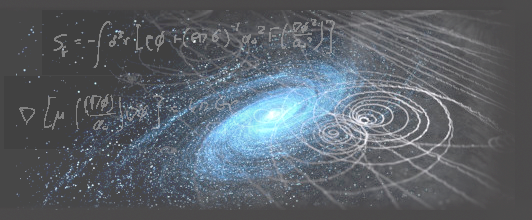Speaker
Description
Our understanding of compact celestial sources, such as pulsars and mass-accreting neutron stars/black holes, stems from studying high-energy source emission using instruments designed for imaging, spectroscopy, and timing. Recently, instruments have been developed which can measure the linear polarisation of the emission. This allows the nature of the emission and source geometry to be studied in a systematically new way, thereby breaking current observational degeneracies.
In the hard X-ray band (>10 keV), measurements can be conducted at the top of the atmosphere using Tonne-scale telescopes suspended under enormous helium-filled balloons. The astroparticle physics group at KTH has been working on X-ray polarimetry for ~20 years. The latest mission, XL-Calibur, was launched from the Esrange Space Centre in northern Sweden in July 2024. XL-Calibur is the most sensitive hard X-ray polarimeter mission flown to date. The Crab pulsar and black-hole binary Cyg X-1 were observed during the week long flight to northern Canada. The design of the mission will be reviewed and the outcome of the flight presented.

